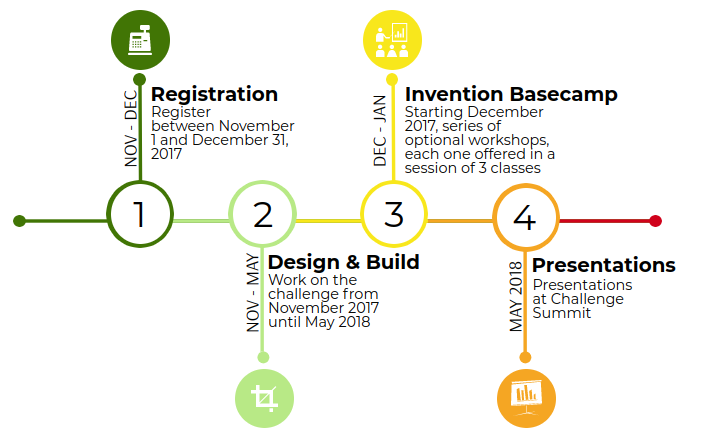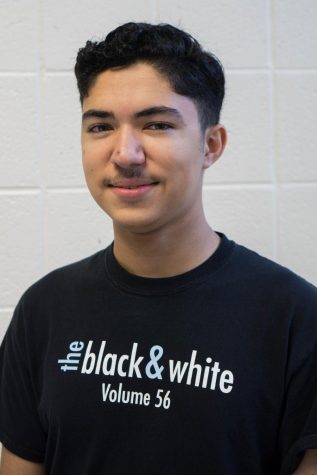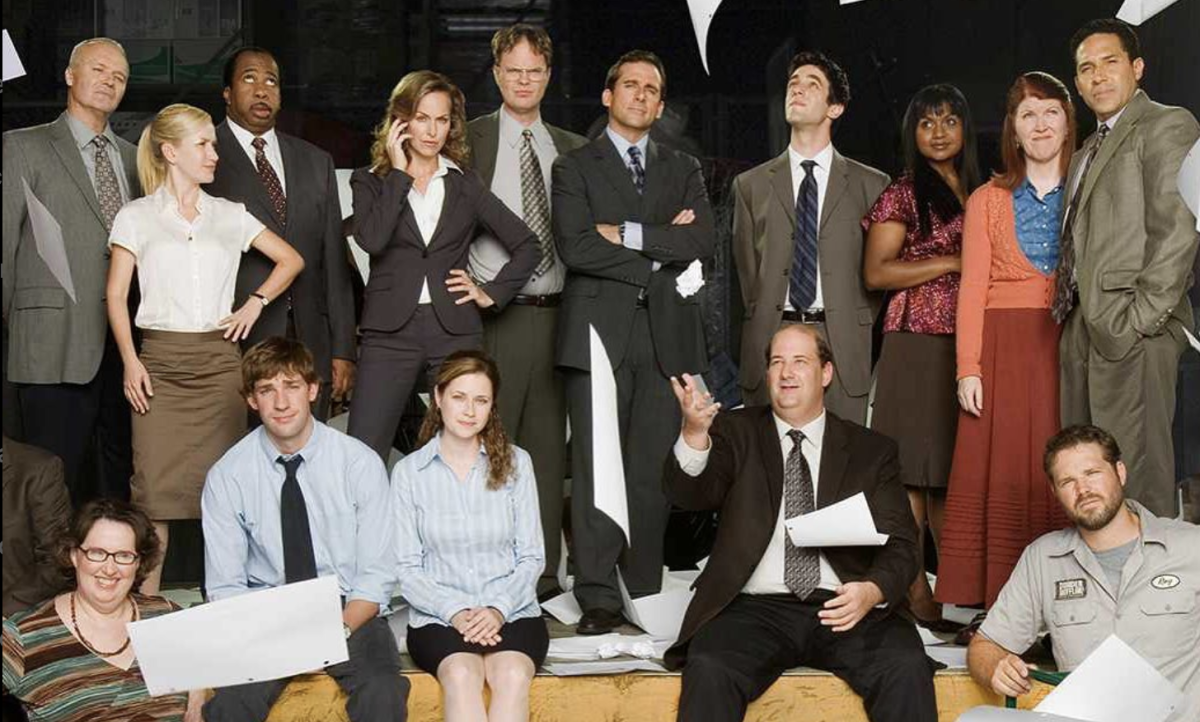Middle schoolers take on STEM challenge from KID Museum
January 8, 2018
Throughout December, Pyle students formed teams to participate in the inaugural “Invent the Future Challenge,” an educational competition presented by KID Museum open to middle school students in the D.C. area. Teams of three to six have begun designing a creative STEM-based solution to an environmental problem of their choosing.
The KID Museum is an interactive space located below the Davis Public Library in Bethesda. Since opening three years ago, it has partnered with MCPS multiple times, originally through a program called “Invention Studio,” which would eventually evolve into “Invent the Future.”
“You’re troubleshooting with a lot of trial and error, and that type of learning gives you the tools to think beyond and solve problems if it doesn’t work,” KID Museum communications director Emma Starr said of the challenge. “That’s what can carry over into all of the learning that kids do and eventually who they’ll be as adults—that’s a KID Museum philosophy.”
Superintendent Jack Smith visited the museum Nov. 30 and expressed optimism about continuing the partnership.
“MCPS is proud to partner with KID Museum to expand access to hands-on STEM opportunities for our middle school students across the county,” Smith said according to a KID Museum press release.
The challenge will culminate in a May 2018 presentational summit where winners will display their work in the museum and receive passes to Kings Dominion reports KID Museum’s website.
During January teams can register themselves for “Invention Basecamp” workshops to develop relevant coding and mechanical skills, the first of which were in December.
MCPS is providing similar workshops free to students in twenty MCPS schools selected based on a greater proportion of students from lower-income families. The workshops, which take place during school, afterschool and on weekends, help students participating in the challenge who would be otherwise unable to afford the multi-session “Invention Basecamp,” Starr said.
At Pyle, many students have already been participating and have been using processes and skills applicable to their school engineering classes technology teacher William Falatko said.
“The students are divided into 11 teams,” Falatko said. “We are using the design process identified by Project Lead The Way as a guide for the challenge [using] the same design process in our pre-engineering courses such as Introduction to Engineering Design and Gateway To Technology, both PLTW courses.”
Another takeaway is the development of a distinctly unique skill set for students, Starr added.
“Kids can work with their imaginations,” Starr said. “It’s all about collaboration, so [groups] have three kids working together, coming up with solutions, and [. . .] have to be hands-on.”








